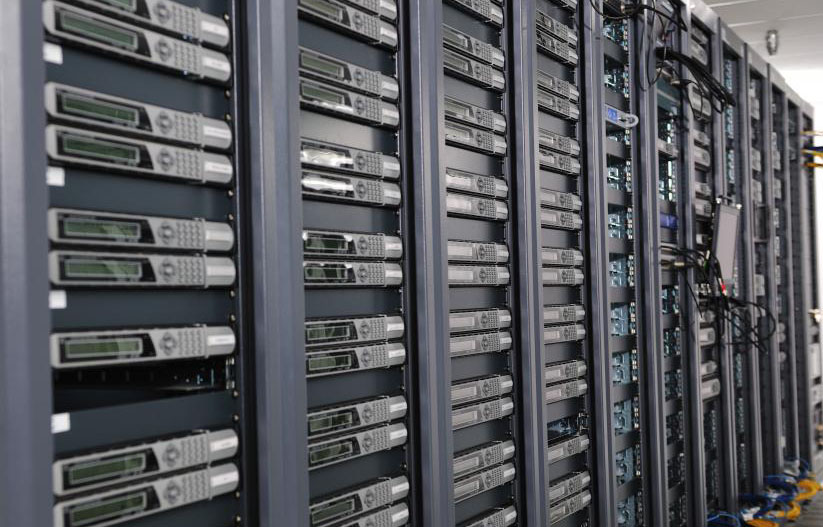However, in the market that the new C2000 is aimed at the extra cores and memory support will be needed. Intel is planning on about 13 variations that will cover a broad array of compute needs. These will include switches and even cold storage. In short Intel is looking to boot ARM out of the data center all together. According to Diane Bryant, senior VP and GM of the Data Center and Connected Systems Group at Intel; “As the world becomes more mobile, the pressure to support billions of devices and users is changing the very composition of datacenters”. Our guess is that Intel would love the new composition to be all about Intel.
To be honest as next generation devices hit the market the need for CPUs and SoCs (System on Chip) to do more is coming. These new devices are not going to be limited to switching and routing, but will have multiple virtual services and switches that will run in their old layers. The ARM architecture can do a lot of this, but an x86 CPU with more cores and better access to larger groups of memory is going to give you an edge.
As for the microserver and cold storage market Atom is positioned. Again you get a very solid performance to power ratio that even ARM cannot compete with at this time. It will put pressure on them in what they can provide in the data center. Even with AMD’s help Intel still will have a leg up on the competition… at least they will in terms of what their product can do. In terms of market penetration Intel is facing some stiff competition. They also have AMD’s Heterogeneous System Architecture Foundation to deal with. This is a group of industry leaders (including ARM) that are all looking to build a common platform to operate on from the server to the desktop.
The unusual thing is that the new microservers are aimed at low power, low compute, but hare expected to have access to large banks of memory, storage, and also high-bandwidth networks. The new Atoms at 22nm (future versions of the Atom will be at 14nm) will be perfect (in theory) for larger datacenters that are caching data for storage. Microsoft, Ericsson, and a few other companies are already talking about building racks based on Intel’s Atom (with some set to use Atom based switches). The data center is certainly changing and from our view it will most likely become much more segmented with systems built for specific tasks instead of the more common one size fits all type of build that we see now. We doubt that AMR or Atom will ever take over the DC completely, but we can say that it will make things much more interesting in the years to come.
Tell us what you think about this in our Forum




